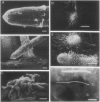Abstract
The activity of the Fe3+ reductase of excised adventitious roots of Ficus benjamina L., grown in hydroponic culture without iron, was determined by a colorometric assay simplified by the use of a microplate reader. Reductase activity remained the same from pH 4.5 to 6.5 and decreased sharply above pH 6.5. Acetate buffer inhibited reduction. During early stages of root growth, excised roots did not exhibit Fe3+ reductase activity. After several weeks and extensive root system development, Fe3+ reduction still was not detectable in primary roots, but intermediate and high rates of reduction occurred in lateral and newly formed root clusters, respectively. Clustered roots only developed on plants grown at 0 or very low (<1 micromolar) iron. Microscopic examination revealed the root cluster to be composed of up to 30 lateral roots, usually less than 1 millimeter in diameter and 1 centimeter in length, that were completely covered with root hairs.
Full text
PDF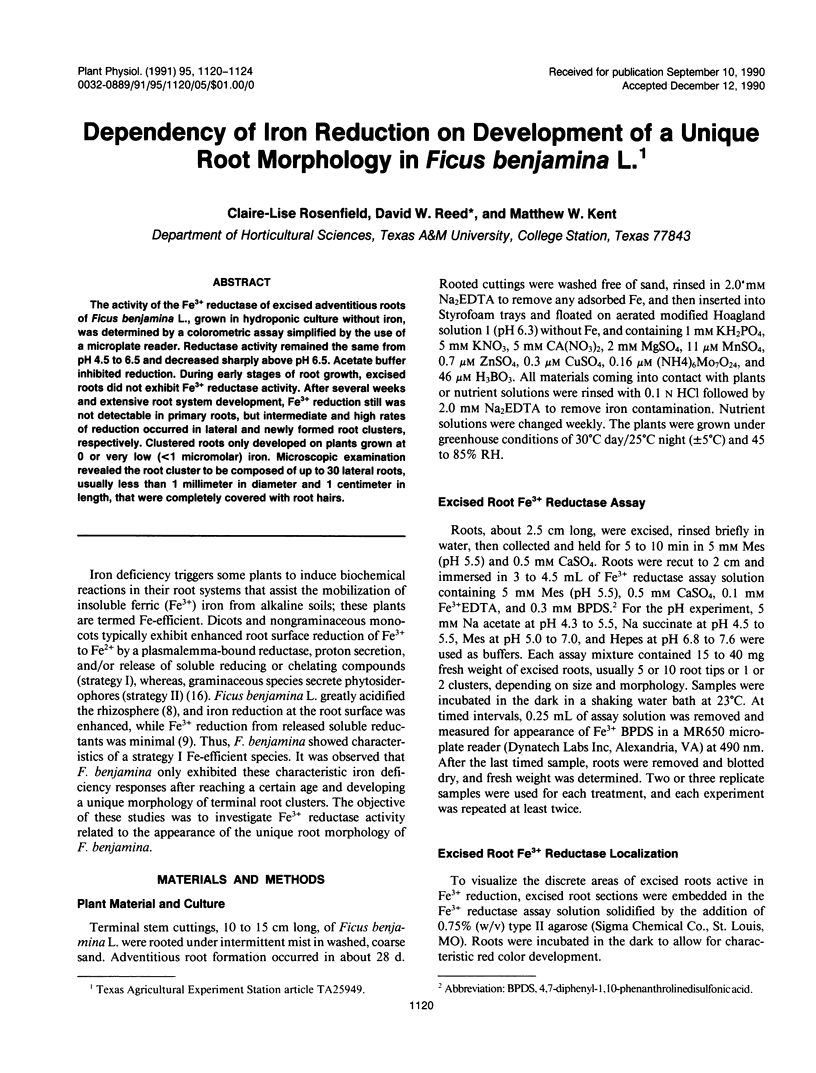
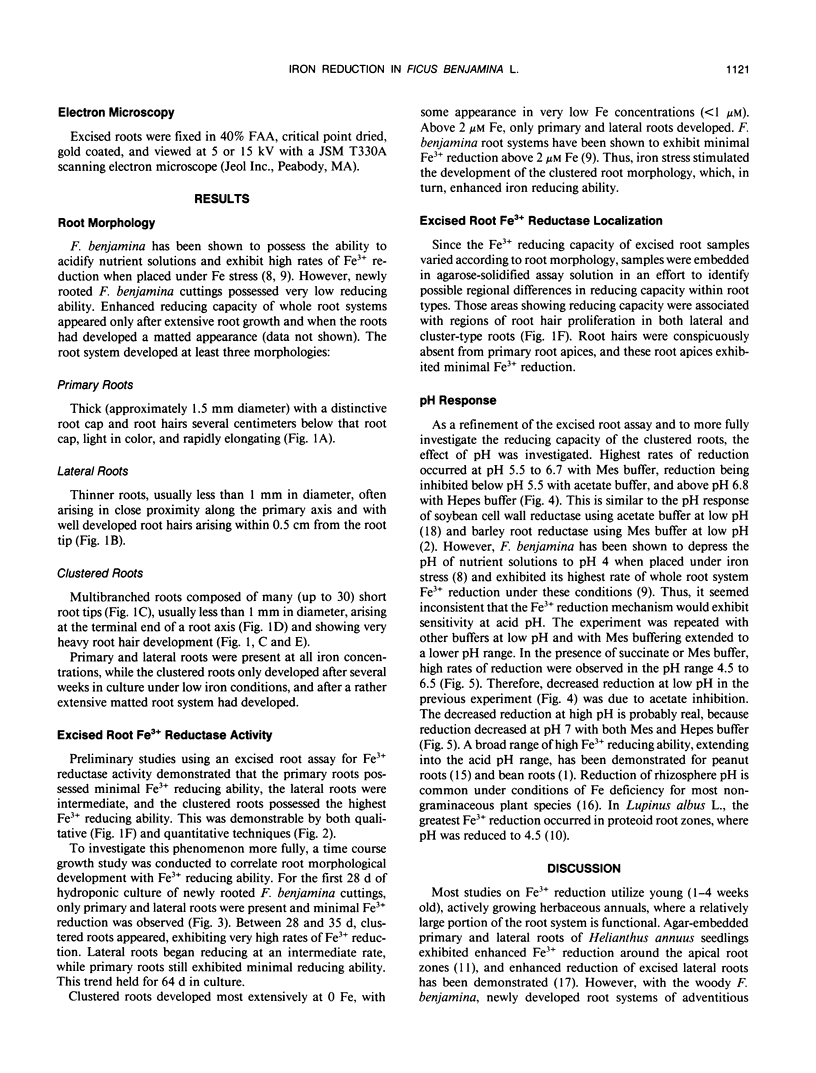
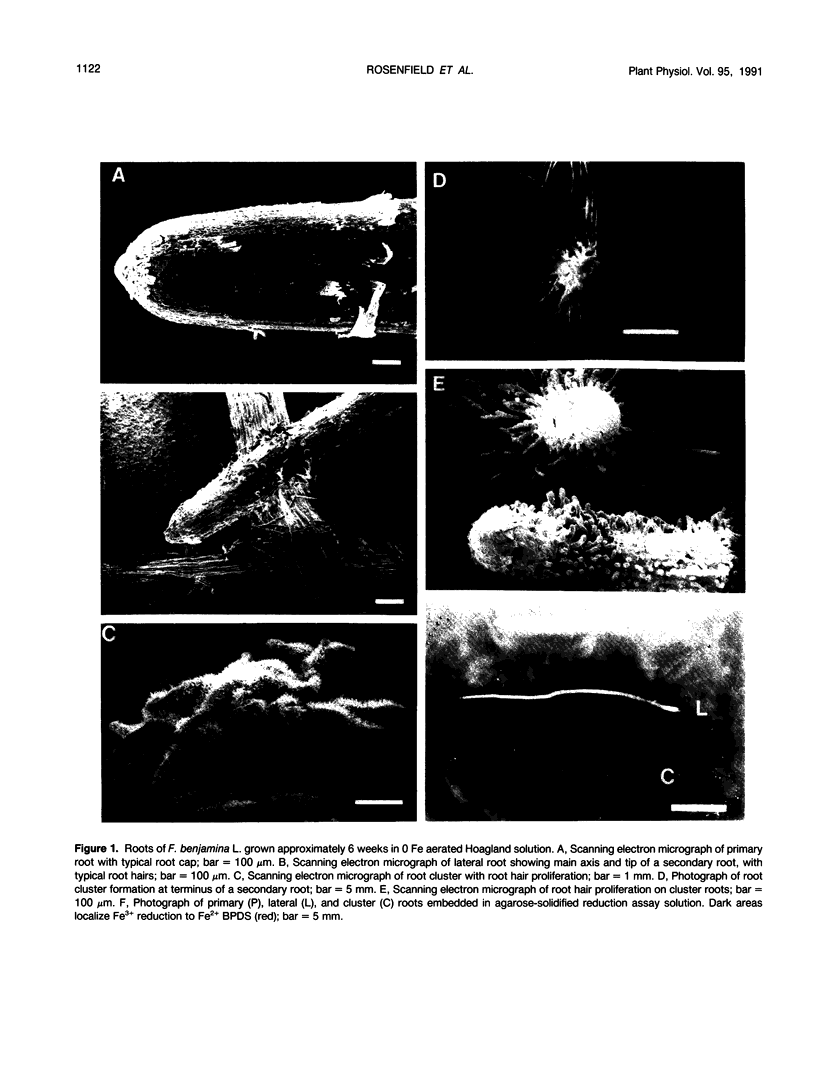
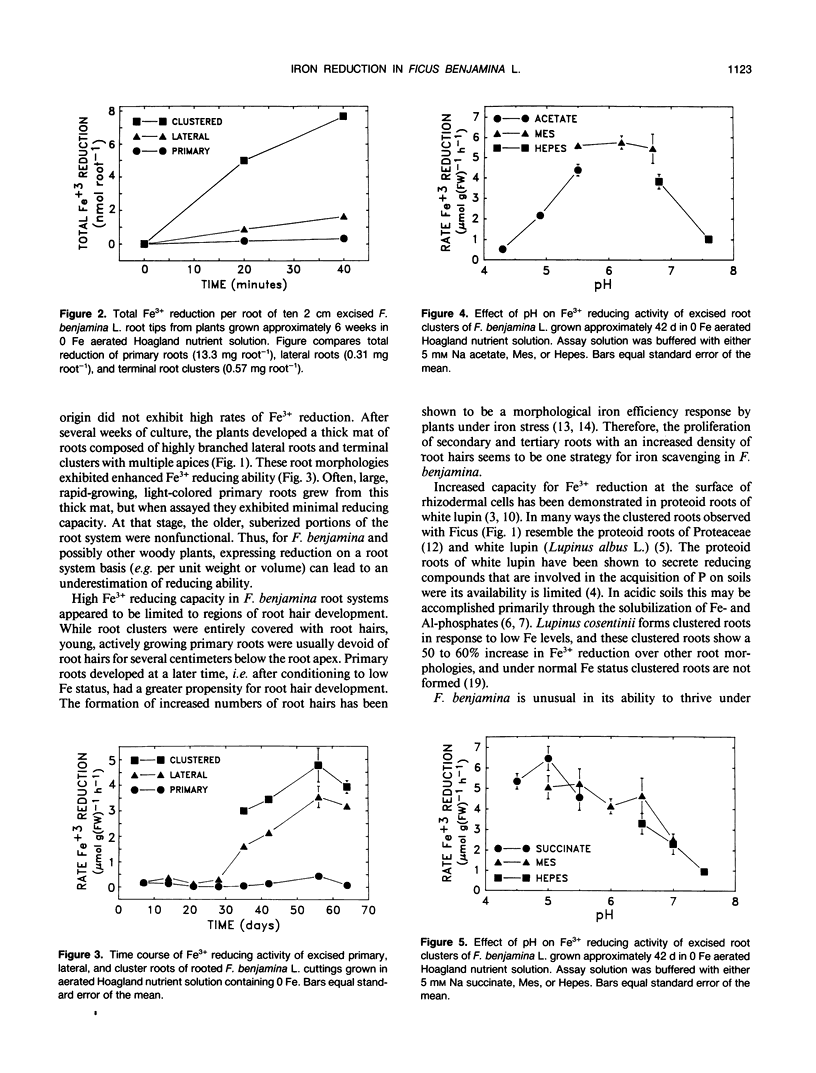
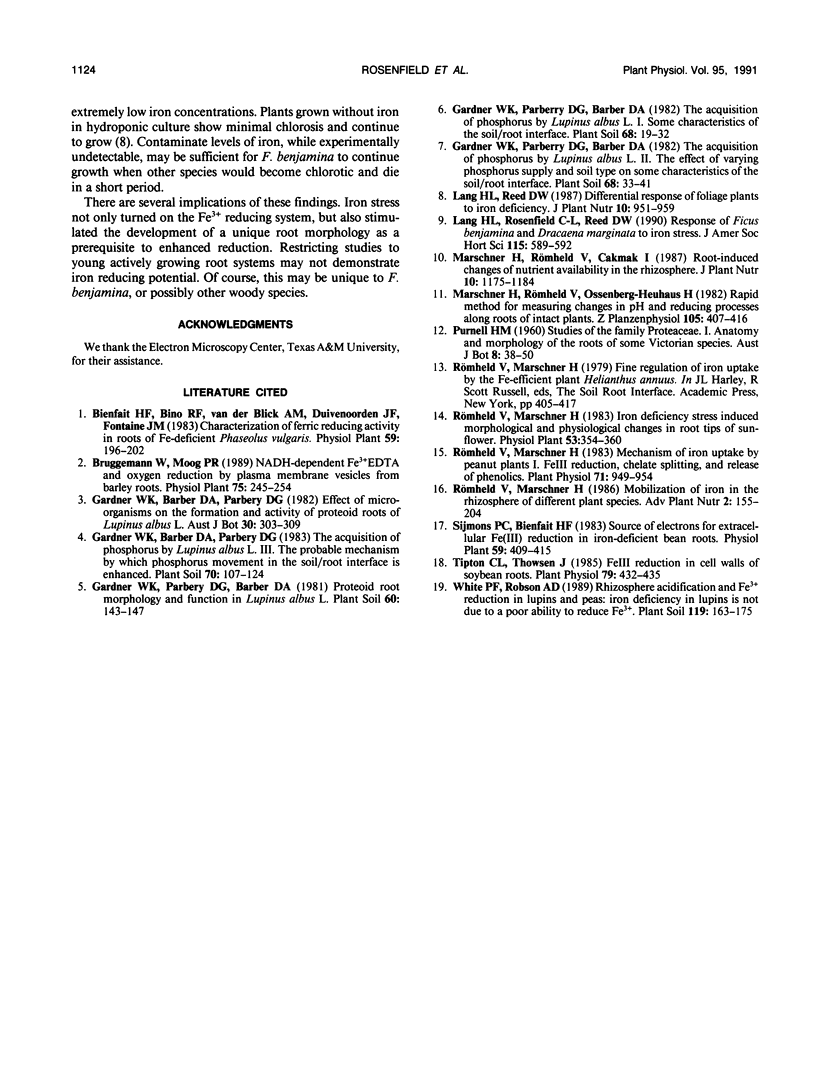
Images in this article
Selected References
These references are in PubMed. This may not be the complete list of references from this article.
- Neiman H. L., Goldstein H. M., Silverman P. J., Bookstein J. J. Angiographic features of peripancreatic malignant lymphoma. Radiology. 1975 Jun;115(3):589–592. doi: 10.1148/15.3.589. [DOI] [PubMed] [Google Scholar]
- Römheld V., Marschner H. Mechanism of iron uptake by peanut plants : I. Fe reduction, chelate splitting, and release of phenolics. Plant Physiol. 1983 Apr;71(4):949–954. doi: 10.1104/pp.71.4.949. [DOI] [PMC free article] [PubMed] [Google Scholar]
- Tipton C. L., Thowsen J. Fe reduction in cell walls of soybean roots. Plant Physiol. 1985 Oct;79(2):432–435. doi: 10.1104/pp.79.2.432. [DOI] [PMC free article] [PubMed] [Google Scholar]



